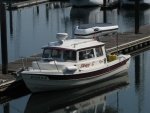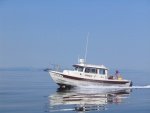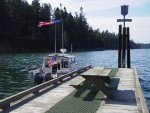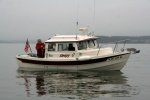Kushtaka":2kj0l74q said:
hardee":2kj0l74q said:
Having the bilge pumps on auto is good if there is an unlimited power supply to them, be it solar charging or through a shore power set up of some kind.
I leave two bilge pumps on auto at all times and have one battery and no shore power, with an uncovered CD22
in the rainiest place on earth (emphasis added), <stuff clipped>.
Cordova Alaska - "The yearly average rainfall is 89 inches (226 cm) with 125 rainy days out of the year." (From Wikipedia)
Top 10 wettest places on Earth
#10 - EMEI SHAN, SICHUAN PROVINCE, CHINA
Average annual rainfall: 8,169 mm (=816.9cm = ~3.6 x rain in Cordova).
So while Cordova is quite rainy, and I hate to "rain on your parade", it's not even close to the top 10 rainiest places on earth. :wink:
That said, I agree a bilge pump can run for a long time on battery without draining it. Still I far prefer to have my boat on a charger when moored in the water. I never know if something might come up that will keep me away from it for longer than originally planned.





